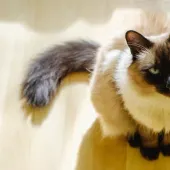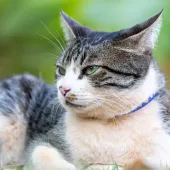Cymric Cats: Fluffy Charms with a Tailsome Tale
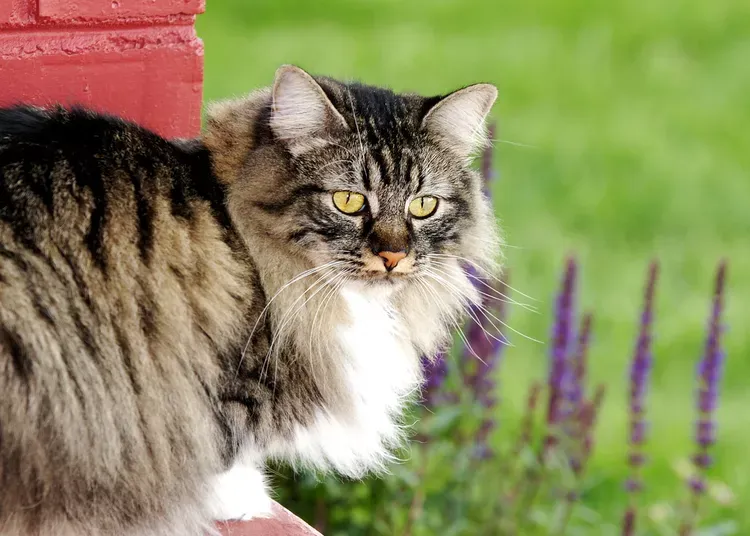
In the enchanting world of feline elegance, the Cymric cat, with its distinctive taillessness and long, flowing coat, stands out as a remarkable and adorable breed. Often referred to as the "Manx Longhair," Cymric cats have captured the hearts of cat enthusiasts worldwide with their unique appearance, playful personality, and charming demeanor. Let’s embark on a delightful journey into the captivating universe of Cymric cats, exploring their history, physical traits, and the endearing qualities that make them beloved companions.
Historical Roots:
The Cymric and Manx breeds coevolved on the island of Man, which sits in the center of the Irish Sea. Nobody is certain where the original cats came from, but they came by ship to the island.
A litter of kittens experienced a spontaneous natural mutation sometime in the late 1700s, resulting in their birth without tails. The mutation spread to an increasing number of cats within the small gene pool on the island, resulting in the development of the Manx breed and its long-haired variety, the Cymric.
In the 1800s, Manx cats were featured in some of the first cat exhibits, but the long-haired breed was less popular. The term "relating to Wales," which refers to the nation close to the Isle of Man where many long-haired tailless cats were discovered, was later used to refer to the long-haired Manx as the Cymric.
The Cymric is recognized variably by different cat registries. The Cat Fanciers' Association, for example, classifies the breed as a long-haired variation of the Manx breed. The breed is known by the CFA as Longhair Manx, and it complies with the Manx breed standard, which covers both Longhair and Shorthair Manx. Both the International and Canadian Cat Associations identify the Cymric as a distinct breed from the Manx. For the Cymric, the TICA and the CCA have each produced an own breed standard.

Distinctive Physical Features:
The most prominent feature of the Cymric cat is, of course, its taillessness. This natural mutation, caused by a genetic anomaly, gives the Cymric cat a unique silhouette, resembling a fluffy ball of fur. Apart from their missing tails, Cymric cats have a round face with large, expressive eyes and a sweet, endearing expression. Their long, plush coat comes in various colors and patterns, adding to their overall charm. The absence of a tail often makes their hindquarters appear rounded, giving them an appearance of perpetual fluffiness.
Personality: Sweet-Natured and Playful:
Cymric cats are renowned for their sweet and gentle temperament. They are affectionate, loving, and enjoy being in the company of their human family members. Despite their somewhat regal appearance, they are playful and enjoy interactive games. Cymric cats are known to form strong bonds with their owners, often following them around the house and seeking out cuddles and affectionate gestures.
Intelligence and Curiosity:
Cymric cats are intelligent and curious, displaying a keen interest in their surroundings. They enjoy exploring their environment and engaging in playful activities that challenge their minds. Their curiosity leads them to investigate new scents and objects, showcasing their inquisitive nature. Providing them with puzzle toys and interactive games keeps their active minds engaged and content.
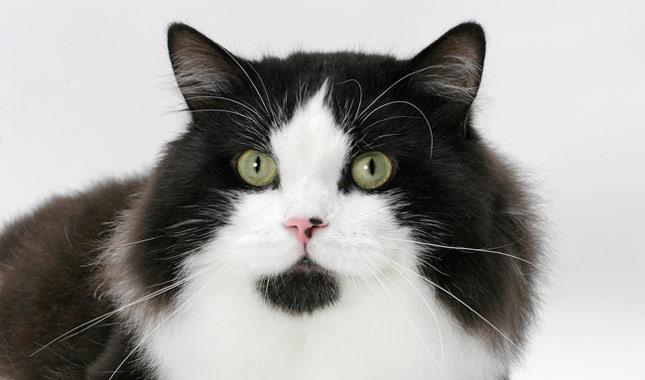
Common Health Problems
Manx and Cymric cats have similar health issues. The gene that makes the Cymric and Manx tailless is linked to spinal deformities such spina bifida, which can result in neurological problems like trouble moving normally or having trouble eliminating. Usually, these issues are identified at an early period (before six months of age). The kitten might require a humane conclusion to its life, depending on the severity of its ailment.
A Cherished and Unique Companion:
In the hearts of those who have experienced their charm, Cymric cats are not just pets; they are cherished companions. Their unique appearance, coupled with their affectionate and playful personalities, makes them a source of joy and comfort. Whether they are curled up in a sunny spot, playing with their favorite toys, or snuggled up in a warm lap, Cymric cats bring a touch of charm and warmth to the lives of those fortunate enough to share their home with them.
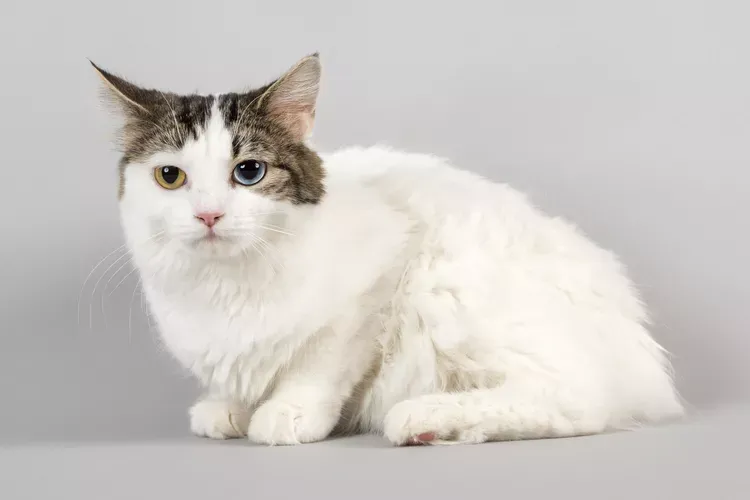
Interesting facts about cymric
- Manx/cymric Taillessness Was Caused by a Genetic Mutation The long-haired variety of the Manx cat is thought to have originated in Canada, however the breed originated on the Isle of Man. Records from the Isle of Man indicate that the Manx breed's lack of a tail is the result of a genetic abnormality. The gene pool was tiny due to the island's small population, making it easy for the dominant gene that confers taillessness to be passed down from generation to generation.
- Initially, it was believed that Manx with long hair were mutants. On the Isle of Man, long-haired Manx kittens have been born, but their breeders would always throw them out, believing them to be mutants. Canadian Cymric breeders didn't start purposefully breeding them until the 1960s. Although cat enthusiasts frequently view Cymrics as a relatively new breed, historians concur that the long-haired Manx is just as old as the short-haired version.
- Not Every Cymric Has No Tail. Not all Cymric cats are tailless, despite the common belief that the absence of a tail is the primary physical trait shared by all Max cats. The Cymric cat with a tail is known as the Isle of Man Longhair. They are now only recognized as a distinct breed by the New Zealand Cat Fancy registry. These cats are known by other international registries as "Tailed Cyrmcis" or "Tailed Manx Longhair," and they are only accepted as breeding stock; they cannot be shown.
- The Cymric is notable for his round contours, from his round head to his rounded rear end. The ears are wide at the base and taper to a rounded tip. Large round eyes are set at a slight angle toward the nose with the outer corners a bit higher than the inner corners.
- The Cymric has a double coat that gradually lengthens from the shoulders to the rear.
- Some of the cats have tufts of hair on the ears and toes, which is especially desirable among breeders.
- The Cymric comes in many colors and patterns with the exceptions of chocolate, lavender, ticked tabby, pointed, or any of these colors or patterns with white.
In essence, Cymric cats are not just cats; they are living embodiments of charm and uniqueness. Their presence enriches the lives of cat lovers, reminding us of the deep and meaningful connections that can be forged with these delightful and endearing creatures. They are a testament to the extraordinary bond between humans and cats, showcasing the beauty of unconditional love and the joy of shared moments with a beloved feline friend.



